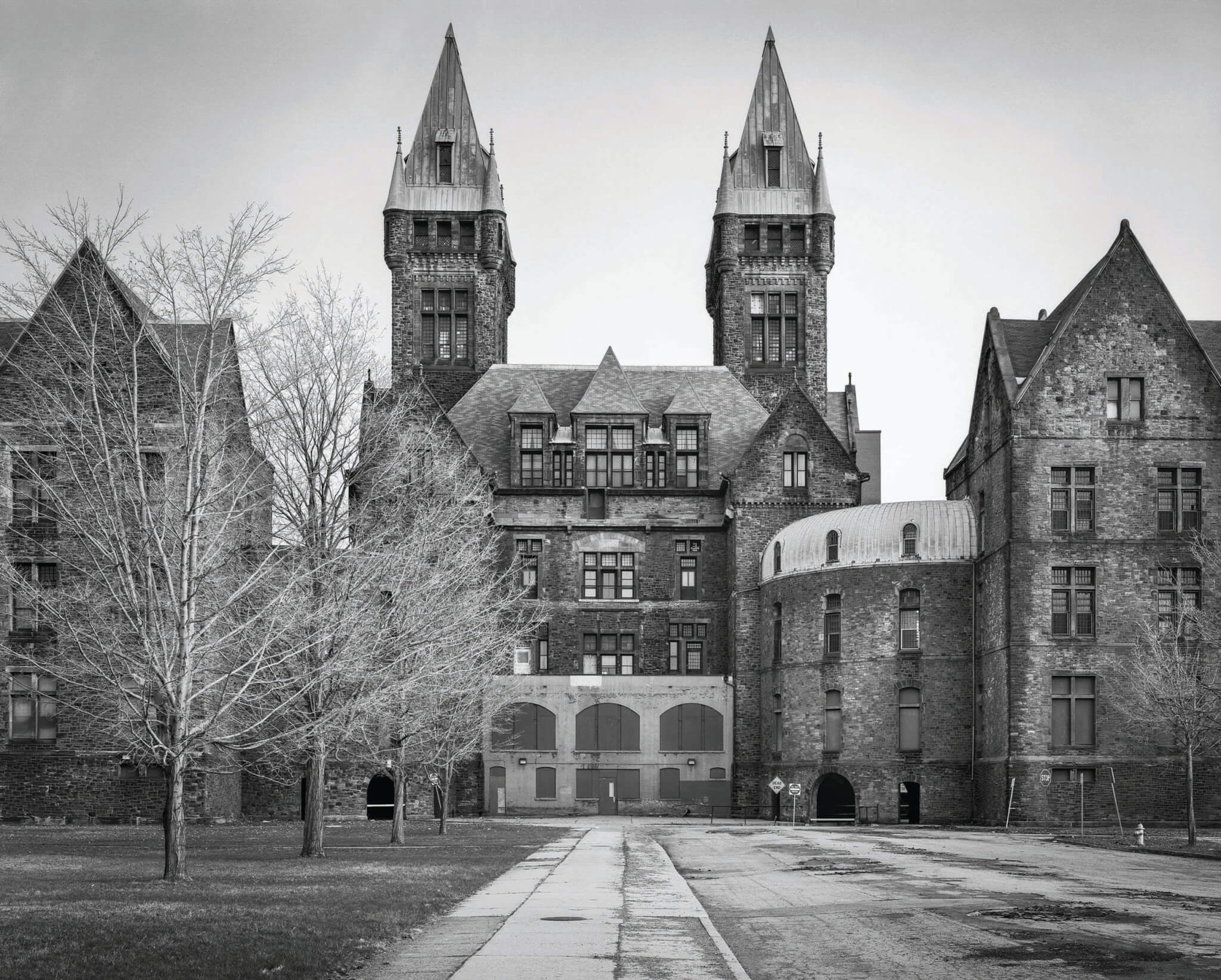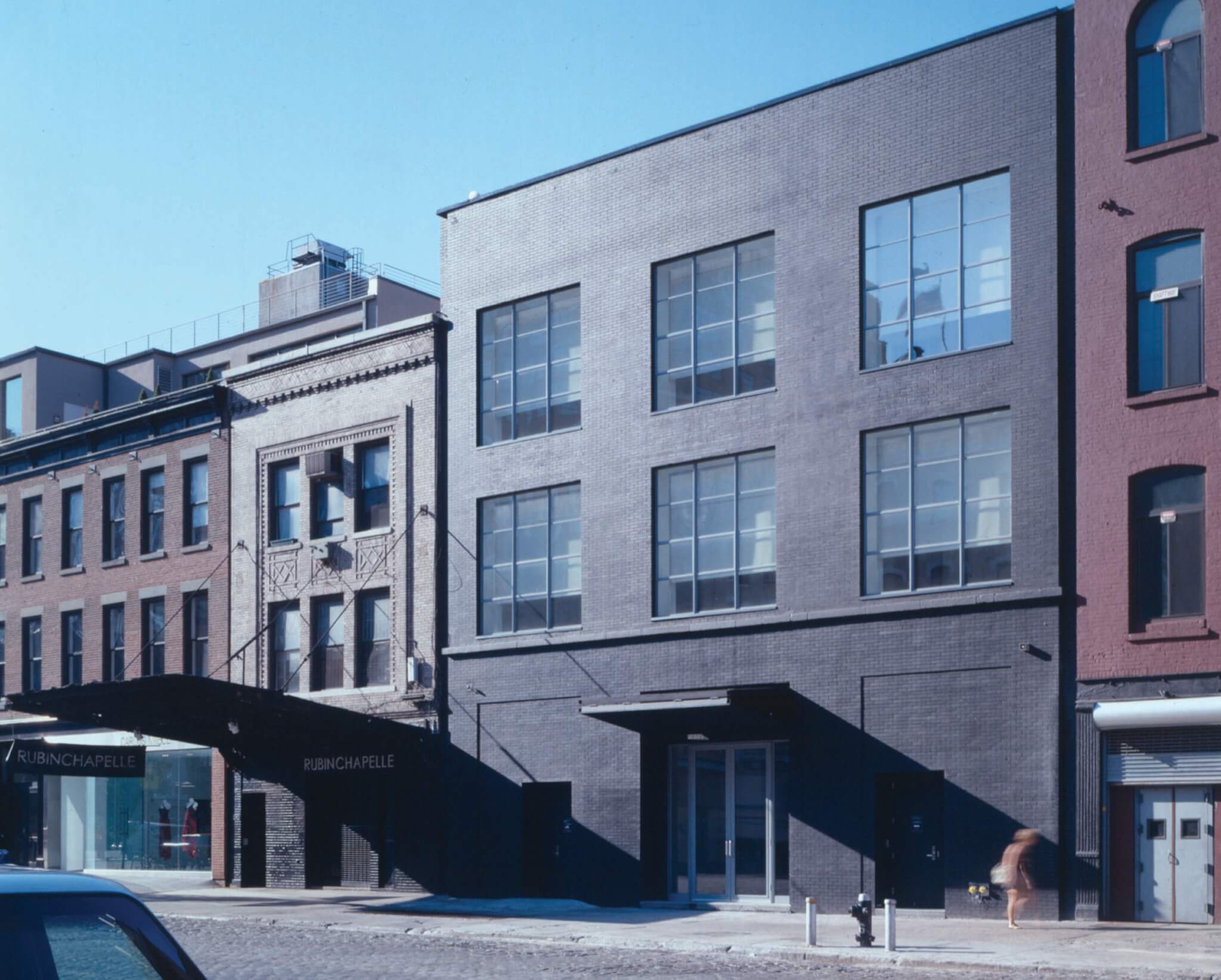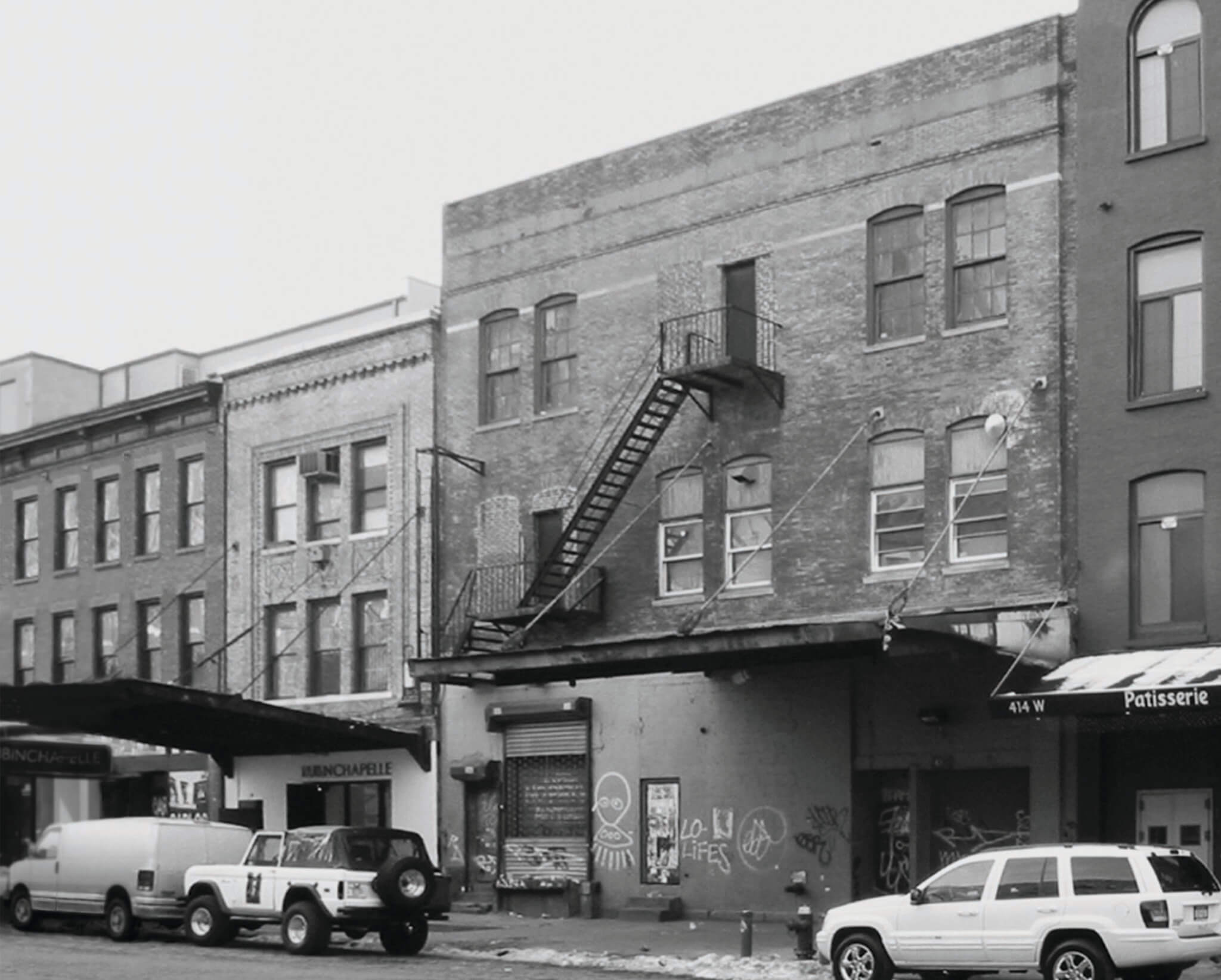A new essay by Deborah Berke, founder of the architecture firm TenBerke, in Transform: Promising Places, Second Chances, and the Architecture of Transformational Change, written in collaboration with critic and author Thomas de Monchaux and published by Monacelli Press, argues not for preservation, but for regenerative reuse.
The strategic stitching together of old and new combines two of architecture’s great virtues. On the one hand, there is solidity, continuity, and a sense of place. On the other hand, there is agility, empathy, and a nimble ability to change as quickly as fashion without being fashionable. The space— and time—between old and new is where we live our lives. Opening this space to thinking, making, and being is now more urgent than ever. Transformed and adapted places are inherently pluralistic: visual, material, and spatial diversity in places can resonate supportively with the diverse identities and dignities of all the people who use those places. An architecture of repurposing, repairing, retrofitting, remaking, and reusing—this is an architecture of purpose and promise, an architecture of the greater good.

Finding and fulfilling the promise in old places intersects with historic preservation, sometimes problematically so. Historic preservation constitutes its own professional practice, its own philosophy, and its own system of advocacy and strategy. As a practice, historic preservation is often associated with regulatory tools that designate a building as “significant.” Typically, to achieve significance and protection, a building, structure, or landscape must fall into certain categories: have a design deemed to be meritorious; have been designed by a small handful of historically canonical architects; contribute aesthetically to a larger historic district whose value has been already established; and/or relate to an event or figure of historical significance (e.g., Washington slept here).
In our practice, we think carefully and critically about what is called monumental, significant, and visible, versus what is called everyday, functional, unselfconscious, and vernacular, even rough-and-ready. The monumental and the everyday depend on each other. They both represent aspects of the architectural, cultural, and natural environment that we can rightfully expect to inherit, inhabit, and pass forward. But the first legacy—the merely monumental—is often privileged at the expense of the everyday.
Historic preservation in the United States developed in the mid-20th century in reaction to political abuses of urban planning and urban design that were coincident with the apogee of modernism as a fashionable architectural style. That style’s tendency toward “clean-slate” site planning and elevated freestanding structures was used to provide an intellectual veneer to political acts of demolition of urban fabric.

[Landmarking is] an instinct to protect that which is seen to be threatened, vulnerable, and cast aside. But here too the foregrounding of the landmark can come at the expense of other elements of the built environment that are also essential. In our practice, we cherish the so-called background building: the robust and resilient building block of the streetscape’s critical mass that can—because there is so much of it—withstand a lot of culling. But only so much.
The unorthodox historic preservation scholar, artist, and self-described experimental preservationist Jorge Otero-Pailos has written that “The word preservation is… problematic. It has come to be associated with a sort of deference to the past over the needs of the present that subjugates contemporary action, normalizes it, confines it to moves legally regulated by the governmental powers that be, and stands in the way of anything new…Experimental preservationists put pressure on this traditional identity of preservation with the governmental protection of cultural objects.” He notes the observation by Laurajane Smith, a scholar of what her Australian culture calls heritage studies, that “the authorized heritage discourse focuses attention on aesthetically pleasing objects, sites, places that current generations must…revere [and use] to forge a sense of common identity based on the past.” In our practice, we are deferent and reverent when appropriate. But we are also strategically irreverent, especially when we work to value the continuities of people’s lived experiences—in addition to what at one historic moment has been designated an aesthetically pleasing object. And though we treasure some legacies from the past, the identities we seek our spaces to nurture are future-focused too.
Historic preservation can tend toward the binary. Saved versus lost. Same versus different. The assertion of historic status or pleasing aesthetics can often be instrumentalized, even weaponized, against even mindful and sustainable interventions into the built environment. This can make for brittle and inflexible disputes. And for brittle and inflexible places. I believe in an architecture of transformation that is layered and complex.
Starting from scratch is deeply ingrained in the history and psyche of the United States, and demolition seems often to be the most economically expedient approach to the built environment. So we need terms such as historic preservation and adaptive reuse to describe something we see as a necessary corrective to the typical way of building. But this lexicon is bland, uninspiring, and imprecise.

[P]erhaps we can establish a new lexicon for simultaneous architectural innovation and preservation in the built environment. For historic preservation we might instead say historic conservation—which opens up a wider range of possible interventions that respect the existing object while acknowledging the fact of change. We might even sometime say historic activation—as for when we have fulfilled the latent promise of a place. For adaptive reuse we might instead say creative reuse. Creative means that as an architectural guest, the new intervention can also be usefully ornery, as well as appropriately considerate of its elder.
Around the world, as cities rapidly grow and environmental stresses increase, these questions take on ever more urgency. We must live with more creativity and dignity even as we must live with more density, into the built environment that we have. We must live newer and better lives in older places. As the world’s highest per-capita energy consumers and carbon emitters, Americans have a special responsibility to rethink how we use and reuse our built environment. Transforming old buildings is fundamental to that responsibility. Transforming historic preservation itself into historic conservation, adaptive reuse into creative reuse, can be part of that practice.

It knows, as we all do, the special value of something that has been repaired and treasured rather than discarded and replaced. It understands that, in its abundance and persistence, time is our collaborator.
The original version of this essay, “Against Preservation,” appears in Transform: Promising Places, Second Chances, and the Architecture of Transformational Change, published by Monacelli Press, released in June 2023.
TenBerke is a New York–based architecture studio united by values. Bound by the promise that architecture must build toward dignity and decency, they believe that the truest measure of good design is the good that it does the world. And that it must be good in these ways: imaginatively, sustainably, delightfully.










